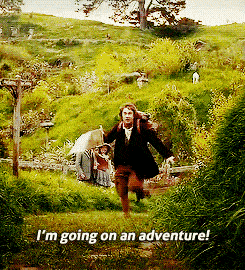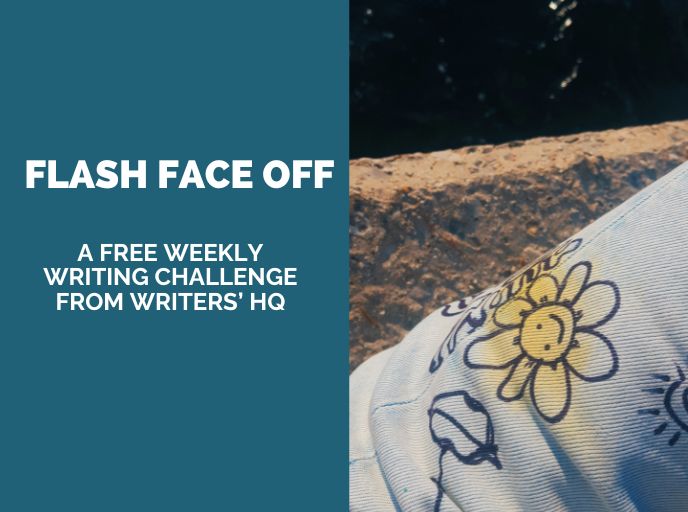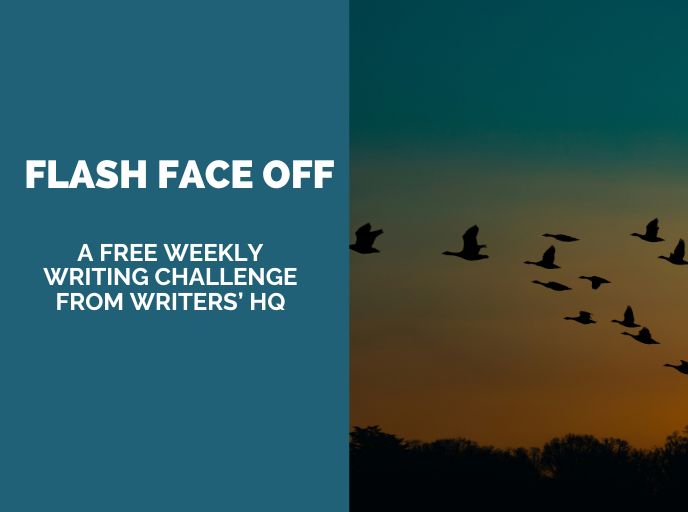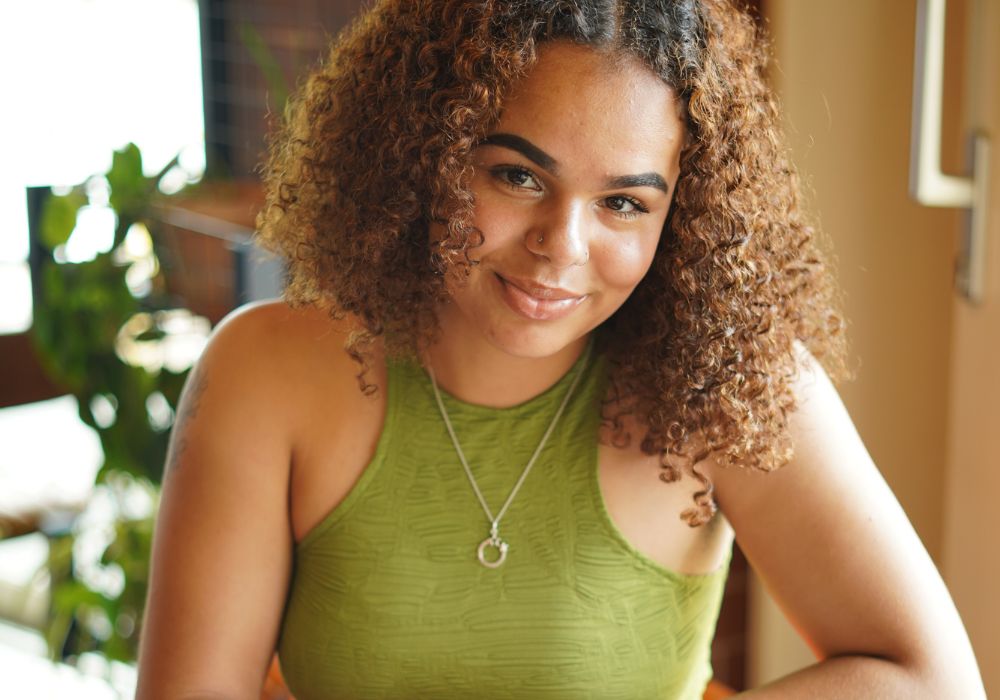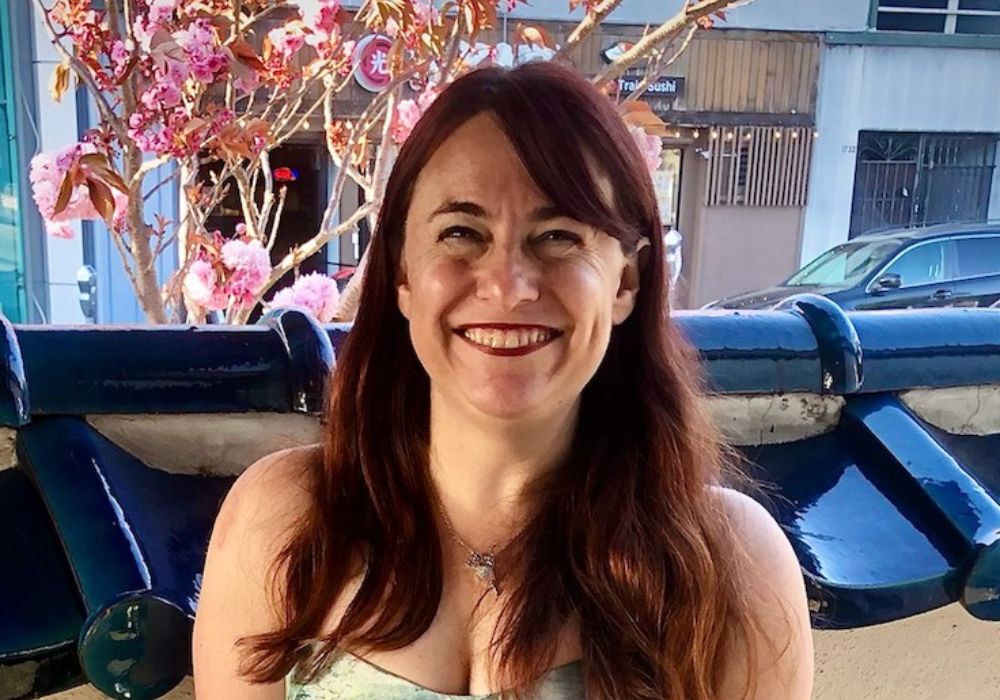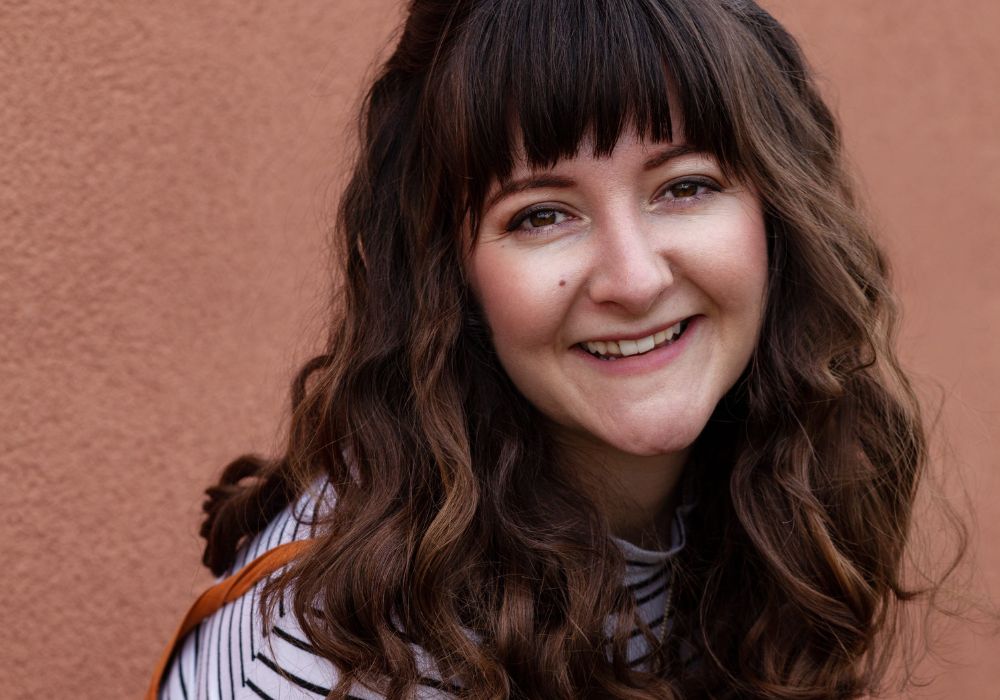
The ability to transport yourself into a fictional location is pretty vital for a writer. But it ain’t easy. Describing imaginary places and spaces so a reader can vividly visualise them is an art. Because it’s not just about what you can see. Writing about a setting also means creating atmosphere, subtext, and even hiding clues that will have huge significance much later on in the story…
So how do you drop yourself into a make believe place and somehow write about it like it’s real?
Well, as with most things, it’s best to start with writing what you know. Practice describing somewhere you know every inch of, and then try transferring those observations to an entirely unknown location.
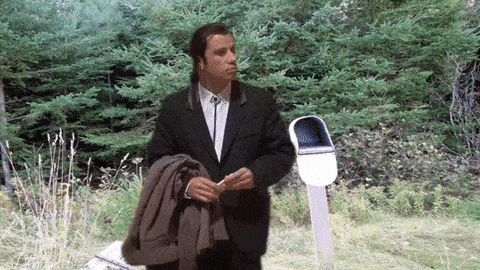
Here’s how:
LOCATION, LOCATION, LOCATION: PART 1
First, take a place you are intimately familiar with. Your natural first choice will probably be your own home, or the house you grew up in, but to make it slightly trickier, try to move one step beyond…
How about your old route to school, or a well-used workplace, or the newsagent you’ve bought a paper from every morning for the last six years, or your local library, or the toilets of your local pub, or that little spot at the top of the hill where you always bring a picnic in the summer?
As always, there’s no right or wrong here. Simply choose somewhere that conjures up vivid sights and sounds and smells and sensations and emotions and memories.
Then, spend 10-15 minutes imagining your familiar place, taking in all the details that anchor it into your memories. Walk through it. Sit quietly and look around. Close your eyes and feel it.
If it’s a place from your childhood, does it look different from a kid’s-eye-view?
What time of day is it?
What season?
Think about atmosphere, or what kind of conversations might be had here (or overheard), or how being in this place makes you feel. Safe? Uncomfortable? Is it somewhere you shouldn’t be?
Finally, consider why you (or your character) might be here. Who might you meet in this place? And what might happen next?
AN EXAMPLE:
For my familiar place I chose a hiding place from my teenage years, skipping school, trudging through a little scrap of woodland outside of town to the river. There was a low wall to climb over to get to the bank, and I’d lean against it, feeling the rough pebbledash surface dig into my back. People could walk right past and not see me there. The only ones who might were the workers on the industrial estate on the opposite side of the river and they didn’t care about a sad-looking angsty teenage truant, writing shitty poetry in a notebook. My chosen spot was right by a sluice gate, or run-off of some sort (I know nothing about rivers, okay?) – a huge concrete block suspended on hinges that opened and closed a grate. I could just about move it if I lay on my back and braced my feet against it, half-suspended out over the water. If I’d fallen in, no one would have noticed except the pair of swans that floated up on the tidal current. There were catfish down there, too – huge, whiskered things that gathered by the grating for easy feeding. The musty smell of algae and mud. The smeared green line of high tide on the corrugated iron sidings. The bridge in the distance, where shoppers idled and a busker crooned. It was a lonely place but also a little haven of solitude by the water.
NOW, YOUR TURN:
Take 10-15 minutes to immerse yourself in your familiar place. If you’re not feeling it, pick another. Or simply look around and write about the room you’re in right this very minute.
Once you’ve spent a little time creating a word-based portrait of your chosen place, set it aside and have a go at the next step:
LOCATION, LOCATION, LOCATION: PART 2
For this part of the exercise, we need to do some virtual travelling…
Head over to Mapcrunch, click the green GO button, and drop yourself into a randomised location somewhere in the world.
Take in the view. Explore for a while. Or click the button again until you come across somewhere you might like to write about.
Then, take another 10-15 minutes to note down all the details you can see or imagine. Use all five senses as well as your writers’ sixth sense to weasel out interesting things that might be brooding in the shadows.
Try to transfer everything you brought to your familiar place to this unfamiliar one. Create memories where there are none. Consider the season, the temperature, the time of day, the type of people who live here, the sensations and smells and sounds and conversations just out of shot.
What do you KNOW about similar places that you can apply to this unknown one?
[Note: Resist the urge to look up or research your chosen location until AFTER you’ve written about it.]
AN EXAMPLE:
My randomised location was Thiès, Senegal:
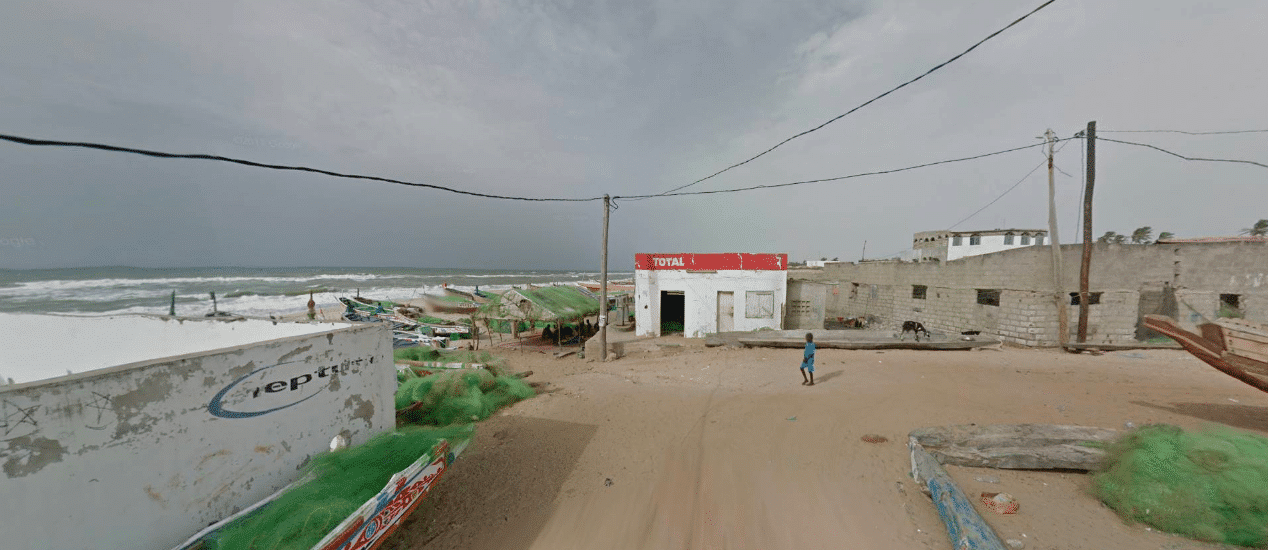
Now, I’ve never been to Senegal. If I’m honest I know next to nothing about Senegal except that it’s got a cool flag, I think they speak French there, and it’s in West Africa. But none of that really helps me to try to step into that picture.
But I DO know what it feels like to walk on sand in bare feet, so I’m gonna start there. If I zoom in a bit I can see that sand is scattered with shell fragments, stones and glass. That changes things a bit. Gotta step carefully or build up a thick sole.
What else?
I know the smell of the ocean and the lingering stink of fishing gear. I can visualise the strings of seaweed and algae entwined in the nets; perhaps a tiny crab or two.
I know the sound of waves seething up and down the sand, and the flatness of shadows on an overcast day.
I know how the ocean makes me feel – reaching the limits of the land, nothing but sea and sky – like infinity.
When I explore a bit, I discover a bright green mosque a little up the road, so unlike the other buildings that it looks as if it’s dropped straight out of the sky. I don’t know what it’s like inside but I DO know the relief of a cool stone building on a hot day, and the sacred quiet of a place of worship.
There’s a lot here that I ‘know’, without really knowing. I won’t pretend to know what it’s like to live in this particular place and I might not be able to build a perfect representation of reality, but I can use what I know to build a fictional version that feels at least somewhat truthful.
And this is meant to be a quick exercise, remember. Go with your gut for now. When you’re working on your own short stories, novels, poetry, screenplays, whatever, you’ll have the time to do much more research into the specifics of an unfamiliar place. You can talk to people who have been there. You can scour photographs and videos from different perspectives. You might even manage a field trip.
But the magic ingredient will always be transferring your own knowledge into the scene – planting your feet solidly into your fiction and describing what you can see, smell, hear, feel and taste.
And once you’ve got those skills down, your writing can take you anywhere…
You can replicate this whenever you write about an imaginary or unfamiliar location. See if you can find an equivalent place from your own memories and build up a bank of ‘known’ resources: drunken teenage haunts, cobwebby garden sheds, scary walks home in the dark, empty echoey school halls, claustrophobic elevators, crowded tube stations.
Oh! The places you’ve been! Oh! The places you’ll go…
Now fly, my pretties, off to imaginary worlds and cities and places and spaces!
